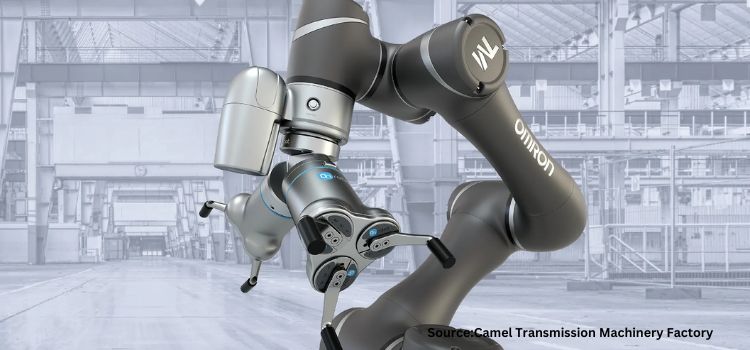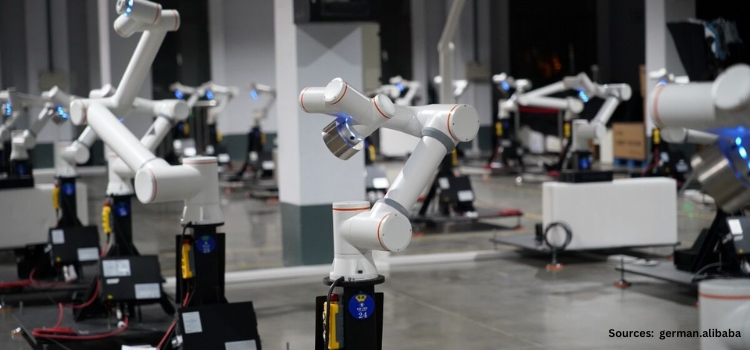
Denmark Warehouse Robotics Market by Type (Automated Guided Vehicles (AGVs), Autonomous Mobile Robots (AMRs), Articulated Robots, & Others), by Offering (Hardware, Software, and Services), by Payload Capacity (Less than 100 KG, 101-200 KG, 201-500 KG, and Others), by Application (Palletizing and Depalletizing, Sorting and Packaging, Picking and Placing, Transportation), and by End-User (E-commerce, Automotive, Food & Beverages, and Others) – Opportunity Analysis and Industry Forecast, 2025–2030
Industry: Semiconductor & Electronics | Publish Date: 29-Mar-2025 | No of Pages: 143 | No. of Tables: 108 | No. of Figures: 57 | Format: PDF | Report Code : SE3142
Denmark Warehouse Robotics Market Overview
The Denmark Warehouse Robotics Market size was valued at USD 20.3 million in 2024, and is predicted to reach USD 47.9 million by 2030, at a CAGR of 14.2 % from 2025 to 2030. In terms of volume, the market size was 0.55 thousand units in 2024 and is projected to reach 1.37 thousand units by 2030, with a CAGR of 15.2% from 2025 to 2030.
Rise in vehicle sales has importantly driven the acceptance of warehouse robotics in the automotive industry. The increasing industrial approval of robots is driving the growth of the warehouse robotics market, as businesses seek to enhance operational efficiency and reduce costs. However, shortage of labour in Denmark, mainly skilled personnel required to operate and maintain advanced warehouse robotics, restrains market growth.
Increase in Vehicle Sales Drives the Denmark Warehouse Robotics Market Demand
The surge in vehicle sales has importantly driven the acceptance of warehouse robotics in the automotive industry. Manufacturers look the challenge of proficiently managing larger inventories and ensuring timely order fulfilment with the growing demand for vehicle. This demand for the adoption of automated guided vehicles, robotic arms, and sorting systems to update the processes by improving speed, precision, and dropping labor costs.
According to the latest report published by the International Energy Agency, Denmark’s vehicle sale rose from 146 thousand in 2022 to 173 thousand in 2023, presenting a growth rate of 18.5%. This rush supports the growth of the automotive sector and quickens the shift towards more automated, tech-driven logistics and supply chain solutions.
Increase In Industrial Adoption of Robots Propels the Warehouse Robotics Market
Denmark’s rising industrial approval of robots is fueling the growth of the warehouse robotics market as businesses pursue to enhance operational accuracy and reduce costs. The growing combination of automation by industries into their manufacturing and distribution processes creates the need for advanced robotics systems in warehouses.
For example, in March 2024, Mobile Industrial Robots launched the MiR1200 Pallet Jack which uses 3D vision and AI to identify pallets for pickup and delivery with accurate precision. This shift towards automation driven by the essential for faster response times and the ability to scale procedures in line with rising supply chain demands increases market expansion.
Fall in Labor Workforce Restrains the Denmark Warehouse Robotics Market Expansion
The shortage of labor in Denmark, mainly skilled personnel required to operate and maintain advanced warehouse robotics, restrains market growth. This shortage leads to operational challenges, as companies face difficulties in finding qualified workers to manage robotic systems efficiently.
The lack of particular training programs and limited accessibility of skilled technicians further worsen the issue, growing the dependency on external experts for maintenance and troubleshooting. Therefore, businesses become uncertain to invest in warehouse robotics, dreading operational troubles and advanced maintenance costs due to the shortage of skilled labor.
Introduction of Artificial Intelligence Creates Future Options for the Market
The addition of artificial intelligence in collaborative robots is expected to play a major role allowing growth opportunities for the Denmark warehouse robotics market trends in the future. AI induced solutions improves decision making, optimize inventory management and improve the accuracy and speed of operations that helps warehouses to become more accurate and adaptable. As such in January 2025, Nvidia disclosed new AI development tools aimed at improving the potential of autonomous robots and vehicles.
These models are made to create synthetic data and simulate physical interactions, allowing developers to create designed templates for testing their AI systems before real-world. These progresses will focus on the transformative potential of AI in warehouse robotics, paving the way for smarter, more lively and highly efficient warehouse operations that meet the future demands of modern supply chain.
Competitive Landscape
The promising players operating in the Denmark warehouse robotics industry includes ABB Ltd. Omron Corporation, KUKA AG, Fanuc Corporation, Zebra Technologies, Dematic, Honeywell International Inc, KNAPP AG, Amazon Robotics LLC, SSI Schaefer, Toyota Material Handling Group, Blue Ocean Robotics, Movu Robotics, Coalescent Mobile Robotics, Enabled Robotics and others.
Denmark Warehouse Robotics Market Key Segments
By Type
-
AGVs
-
AMRs
-
Articulated Robots
-
Others
By Offering
-
Hardware
-
Software
-
Services
By Payload capacity
-
Less than 100 kg
-
101-200 KG
-
201-500 KG
-
Others
By Application
-
Palletizing and Depalletizing
-
Sorting and Packaging
-
Picking and Placing
-
Transportation
By End User
-
E-commerce
-
Automotive
-
Food & Beverages
-
Others
Key Players
-
ABB Ltd.
-
Omron Corporation
-
KUKA AG
-
Fanuc Corporation
-
Zebra Technologies
-
Dematic
-
Honeywell International Inc
-
KNAPP AG
-
Amazon Robotics LLC
-
SSI Schaefer
-
Toyota Material Handling Group
-
Blue Ocean Robotics
-
Coalescent Mobile Robotics
-
Enabled Robotics
REPORT SCOPE AND SEGMENTATION:
|
Parameters |
Details |
|
Market Size Value in 2024 |
USD 20.3 million |
|
Revenue Forecast in 2030 |
USD 47.9 million |
|
Value Growth Rate |
CAGR of 14.2% from 2025 to 2030 |
|
Market Volume in 2024 |
0.55 thousand units |
|
Unit Forecast in 2030 |
1.37 thousand units |
|
Volume Growth Rate |
CAGR of 15.2% from 2025 to 2030 |
|
Analysis Period |
2024–2030 |
|
Base Year Considered |
2024 |
|
Forecast Period |
2025–2030 |
|
Market Size Estimation |
Million (USD) |
|
Market Volume Estimation |
Thousand units |
|
Growth Factors |
|
|
Companies Profiled |
14 |
|
Countries Covered |
10 |
|
Customization Scope |
Free customization (equivalent up to 80 working hours of analysts) after purchase. Addition or alteration to country, regional, and segment scope. |
|
Pricing and Purchase Options |
Avail customized purchase options to meet your exact research needs. |








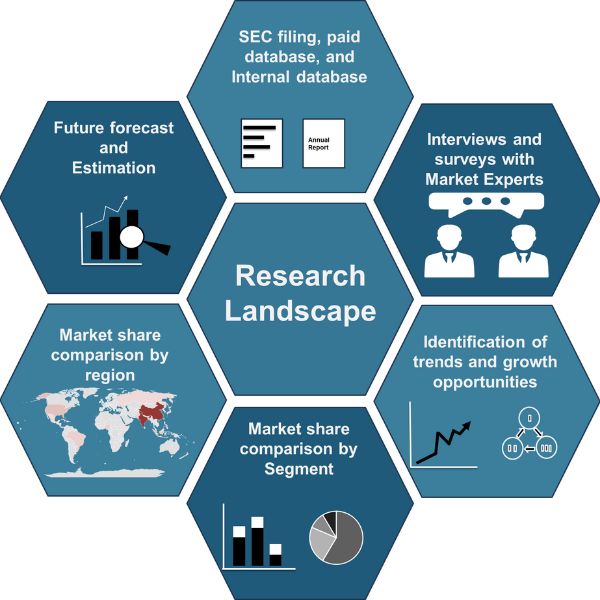





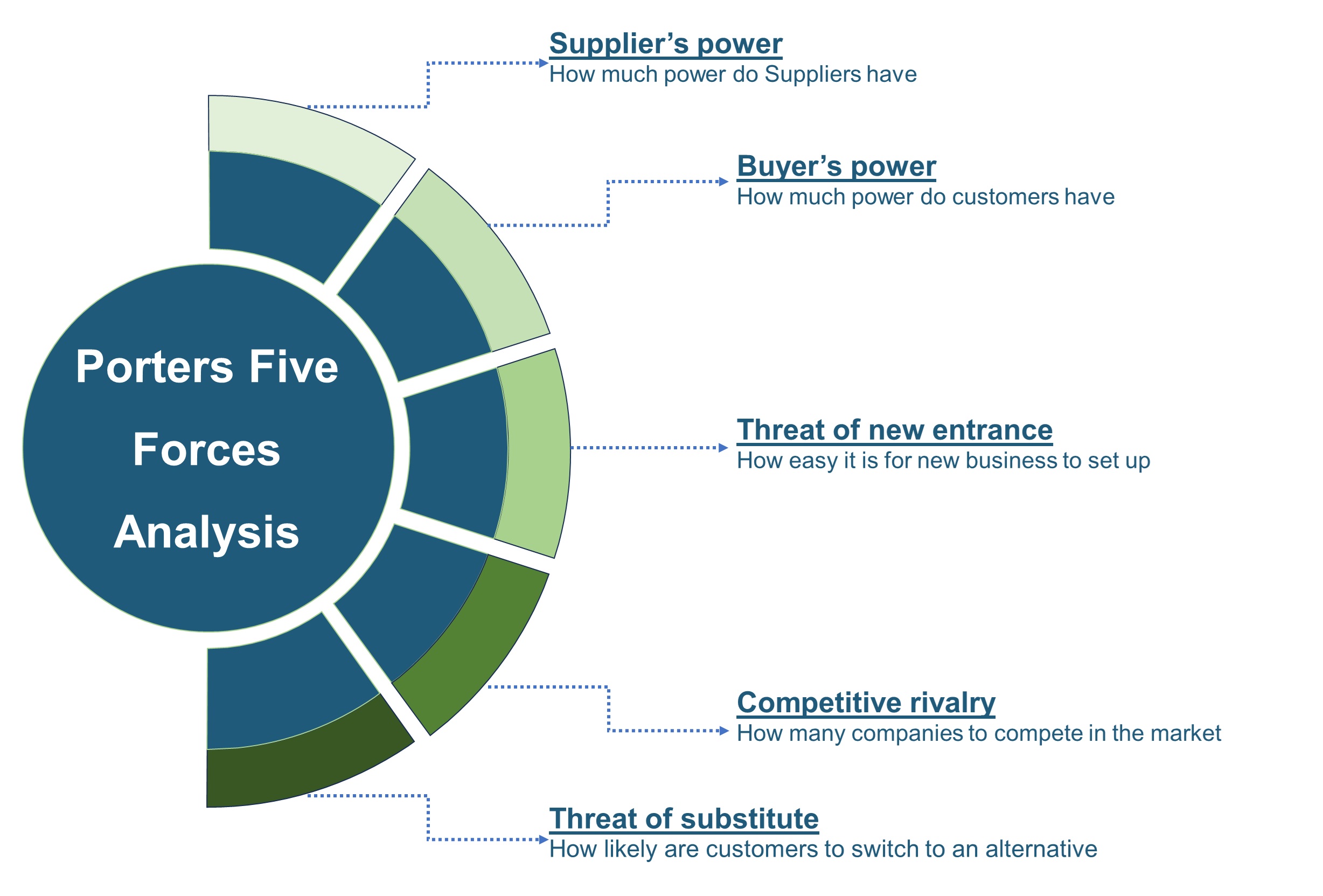

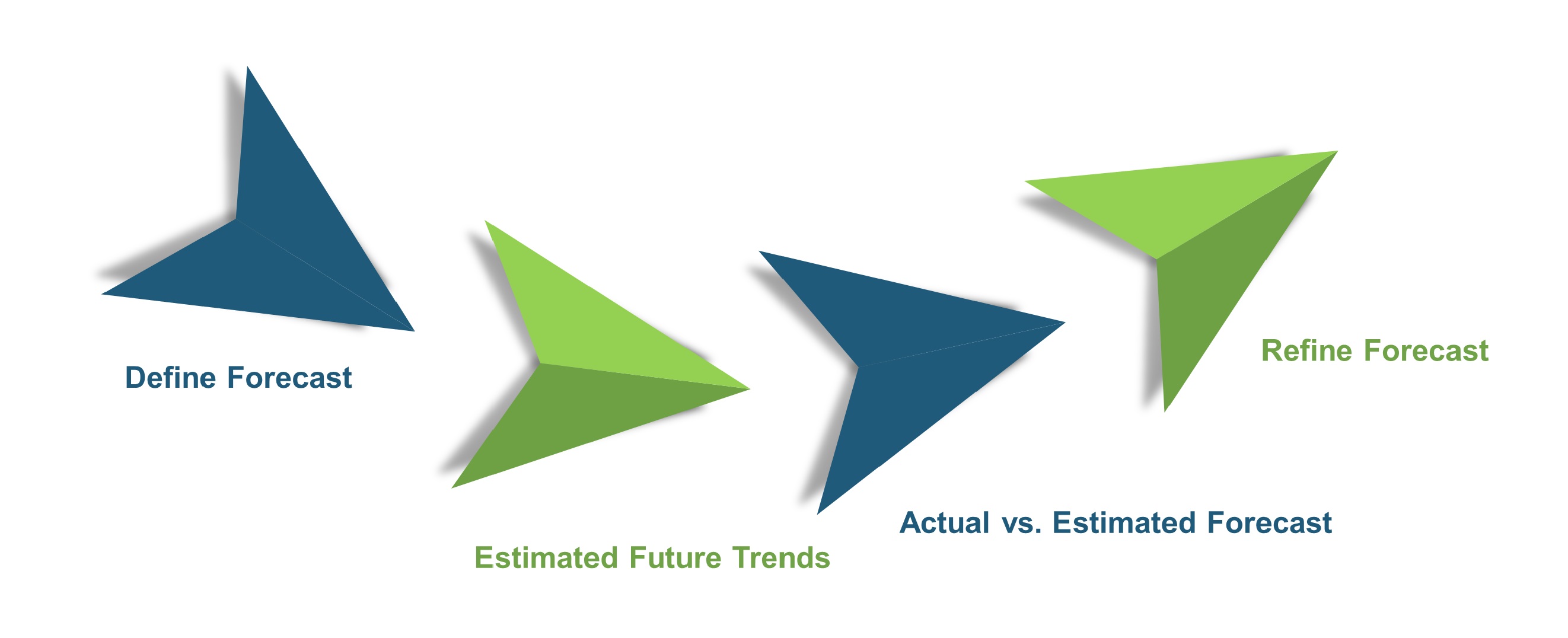
 Speak to Our Analyst
Speak to Our Analyst






